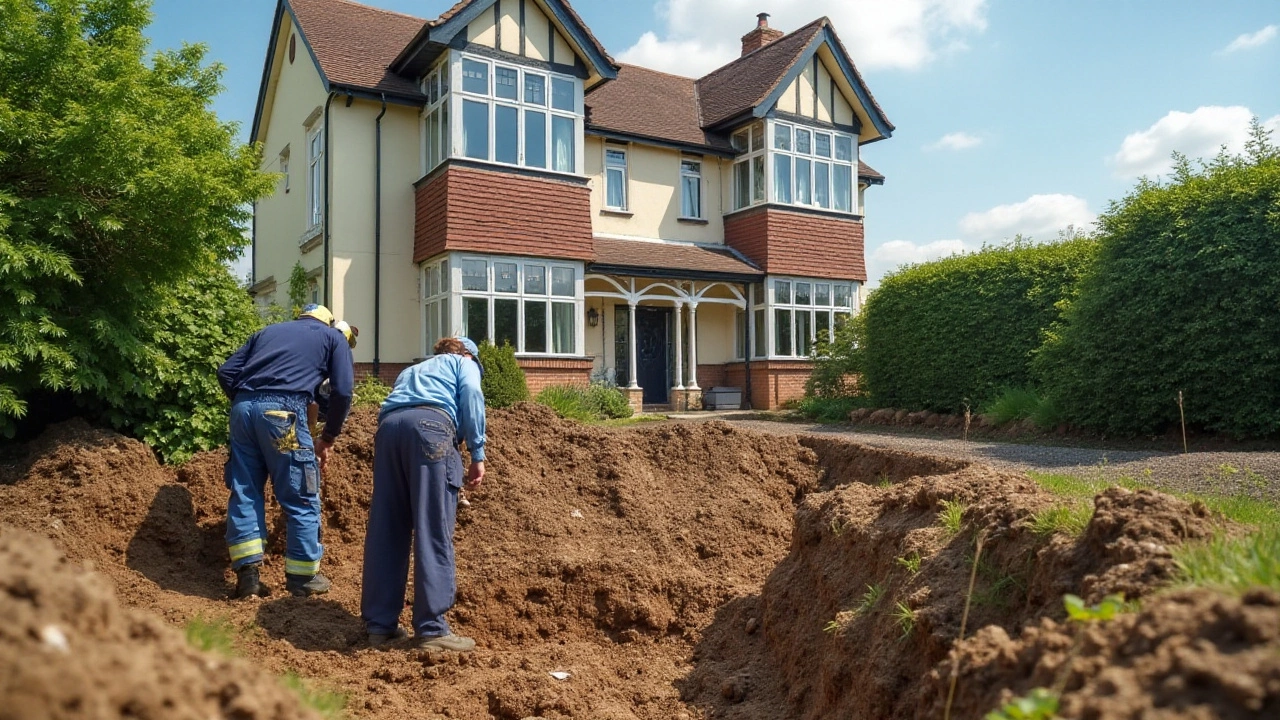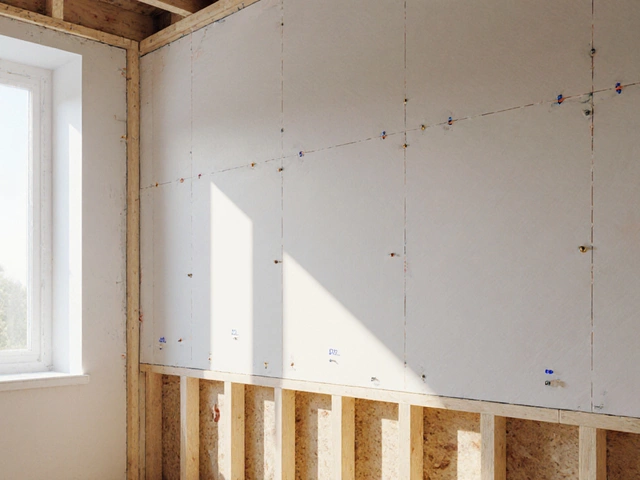Construction Damage: What Goes Wrong and How to Set It Right
When a building starts to show cracks, sagging floors, or water stains, most of us wonder: did something go wrong during construction? The answer is often yes, but the good news is that many issues are fixable if you spot them early. In this guide we’ll walk through the typical types of construction damage, why they happen, and the steps you can take to repair or avoid them.
Typical Signs of Construction Damage
First, you need to know what to look for. Common red flags include:
- Foundation cracks – thin hairline splits or larger gaps in the footing.
- Uneven floors – a floor that feels bouncy or slopes toward one corner.
- Wall cracks – especially around doors, windows, or at the ceiling line.
- Water leaks – damp spots in basements, crawl spaces, or around plumbing fixtures.
- Settling after years – houses that suddenly shift after a decade or more.
If you notice any of these, don’t ignore them. Ignoring a small crack can let moisture in, leading to rot, mold, or even structural failure.
Why Damage Happens and What to Do About It
Most construction damage traces back to three root causes: poor soil preparation, low‑quality materials, and rushed workmanship.
Soil issues are a big culprit. Clay soils expand when wet and shrink when dry, pushing against the foundation. A simple solution is proper grading and installing drainage systems that keep water away from the footings.
Material shortcuts also cause trouble. Using sub‑par concrete or undersized rebar weakens the foundation’s ability to bear load. If you’re buying a new build, ask the builder for material specs and check for certifications.
Rushed installation often results in misaligned walls or poorly sealed joints. A quick visual inspection by a qualified structural engineer can catch these mistakes before they become costly repairs.
When you’ve identified a problem, the repair method depends on severity. Small hairline cracks can be sealed with epoxy injection—a fast, inexpensive fix that prevents water intrusion. Larger gaps may need piers or wall anchors to stabilize the foundation. For persistent settlement, underpinning (adding extra support underneath the footings) is a common, effective solution.
Budget‑wise, DIY fixes like sealing minor cracks can save you a few hundred pounds, but anything involving structural movement should be left to pros. A professional will assess load‑bearing walls, check soil reports, and recommend the right repair technique.
Finally, prevention saves the most money. Regularly inspect gutters, keep the ground sloping away from your house, and schedule a professional check‑up every few years, especially after heavy rain or extreme temperature changes.
Construction damage doesn’t have to be a nightmare. Spot the signs early, understand why they occurred, and choose the right repair path. With a little vigilance, your building can stay safe, dry, and solid for years to come.
Understanding the Impact of Foundation Repair on Your Home Structure

Foundation repair is essential to maintaining the structural integrity of your home, but sometimes the process itself can lead to additional complications. Factors like improper techniques, low-quality materials, or unforeseen soil conditions might cause harm instead of resolving the issues. By understanding common pitfalls and working closely with experts, homeowners can mitigate risks associated with foundation repair. Learn about potential damages, the importance of choosing the right contractor, and how to avoid common problems during repair projects.
read more



